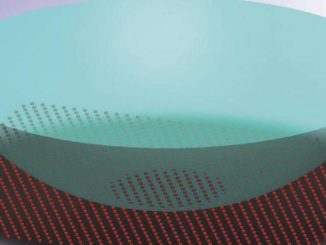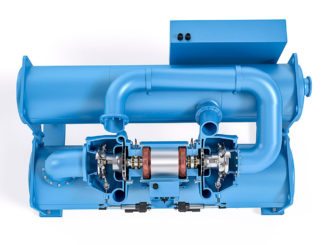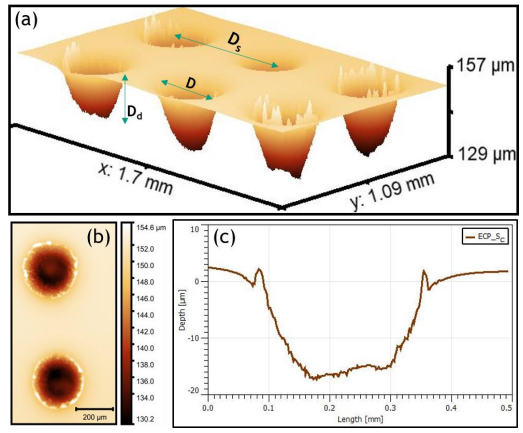I am a postgraduate researcher at the University of Leeds. I have completed my master's degree in the Erasmus Tribos program at the University of Leeds, University of Ljubljana, and University of Coimbra and my bachelor's degree in Mechanical Engineering from VTU in NMIT, India. I am an editor and social networking manager at TriboNet. I have a YouTube channel called Tribo Geek where I upload videos on travel, research life, and topics for master's and PhD students.
Tribological problems in Total joint replacements
Table of Contents
Introduction
The primary clinical challenge in total hip replacement (THR) is associated with prosthetic failure and the need for revision surgery. The prevalence of primary and revision total hip and knee arthroplasty has been steadily increasing, resulting in significant economic burdens on hospitals. With THR being performed on younger and more active patients, the main limitation lies in the rapid wear of components. Therefore, finding solutions to reduce wear problems is crucial. Tribology research plays a vital role in enhancing implant efficiency, improving performance, reducing failures, and generating substantial cost savings. The aim of tribology research is to minimize and eliminate losses caused by friction and wear in all technological domains involving surface rubbing [1].

Fig-1 The image of hip implants used in total joint replacements [2]
Challenges with total joint replacements
During the process of wear, debris is generated and expelled from the contact between two surfaces. In the case of hip implants, the wear products can cause adverse reactions in the surrounding tissue, leading to significant bone loss and loosening of the implant. This requires revision surgery, which is complex, expensive, and risky. The choice of biomaterials used in the implants is crucial, and laboratory wear tests are essential for evaluating their performance. These tests aim to determine the wear rate and its dependence on various factors such as load, range of motion, lubrication, and temperature. To obtain accurate results, wear tests should replicate in vivo conditions. The reliability of these tests relies on their ability to accurately simulate real-life scenarios [3].

Fig-2 Wear of TJR implants [4]
How do we address this problem – Hip simulators
The wear resistance of surfaces is not solely determined by the properties of the material itself, but rather relies on various system variables such as operating conditions, type of counterface, and environmental factors. To ensure accurate evaluation of the wear properties of new orthopedic materials, it is essential to characterize them using devices that simulate the tribological conditions experienced in the human hip joint. This helps to minimize variations in material properties that could impact the wear process. Over the years, a wide range of machines have been developed for this purpose, with the American Society for Lubrication Engineers listing more than 200 types of wear tests and equipment in use during the 1960s. In more recent times, multi-axial wear machines have been introduced to better replicate the complex motions observed in vivo, making them particularly valuable for studying the wear of biomaterials [5].
What is a Hip simulator?
A hip joint wear simulator is a device designed to replicate the wear experienced by a prosthesis in a patient’s hip joint under realistic test conditions. By applying a set of motions, the simulator aims to closely mimic the wear patterns observed during typical clinical use. Prior to clinical trials, it is essential to evaluate new products in laboratory settings using these simulators. The introduction of this engineering approach marked significant progress in the late 20th century. Joint simulators have been developed to recreate the biomechanics of human joints in controlled environments. Some simulators serve the dual purpose of measuring wear and friction between the joint components [6].

Fig-3 The image of hip simulators [7]
During laboratory evaluations of hip joint wear, it is important to simulate the motions and loading cycles that resemble typical walking conditions. In the future, a standardized daily cycle of motions and loads may be necessary for accurate assessments. To accurately predict in vivo wear rates, it is crucial to replicate the lubrication mode experienced in the human body. Coordinate measuring machines (CMM) have been utilized in the field of orthopedics to precisely measure changes in the overall surface geometry. However, it should be noted that these measurements capture both wear-related changes and creep-induced morphological alterations in geometry.
Reference
[2] https://orthoinfo.aaos.org/en/treatment/total-hip-replacement/
[4] https://www.cortho.org/hip/wearing-out-of-total-hip-replacement/
Leave a Reply
You must be logged in to post a comment.






























There has been a considerable reduction in tribological problems in total hip and knee arthroplasty as highly crosslinked polyethylene became more widely used. So, “significant bone loss and loosening of the implant” does not occur much anymore when modern implant bearings are used. However, biotribologists might consider that new implant designs and certain patient activities could place these wear resistant polyethylene materials in situations that lead to enough wear to cause significant osteolysis. Investigating these issues remains important and can involve simulator testing.